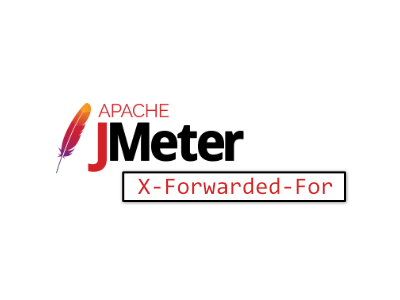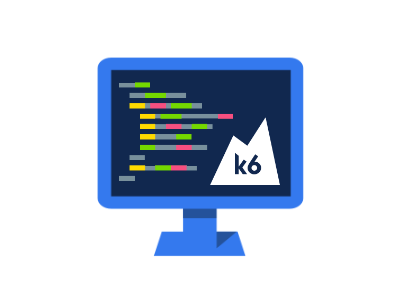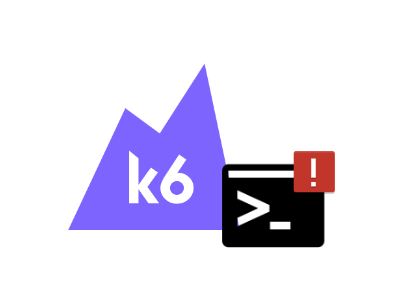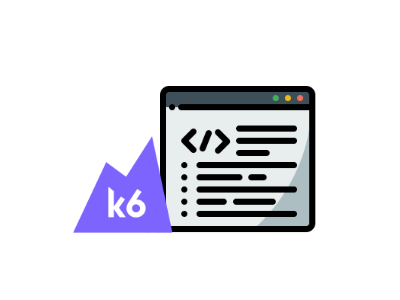Using the HTTP Form Manager in JMeter
Form submissions represent a common use case for performance tests. If your JMeter test needs to automatically fill out form fields from a data source, this is classically done with extractors and variable substitution. Depending on the number of fields in your form and the structure of your web page, this can become complicated. To simplify this process, we will show you how to use the HTTP Form Manager plugin. This component allows you to intuitivelyRead More →










